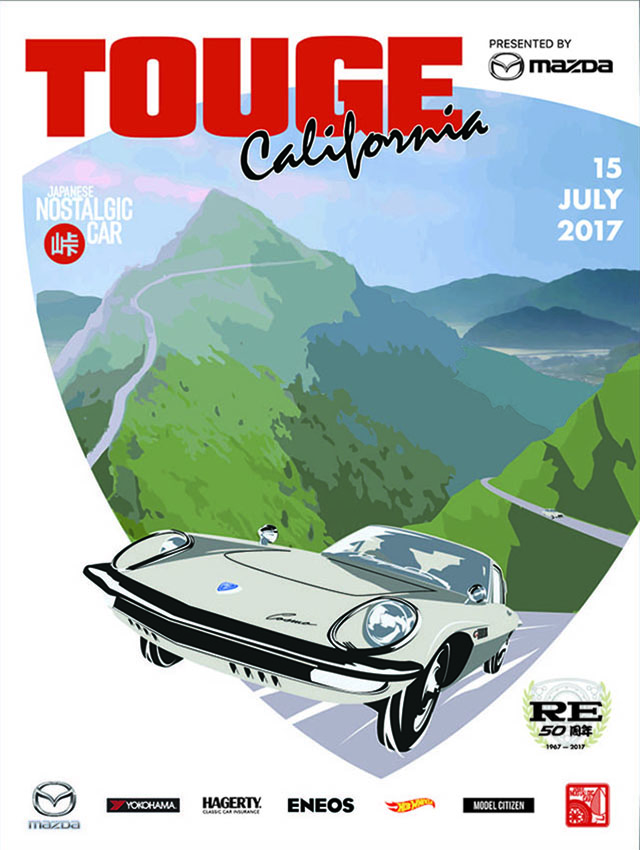When Nissan launched the Infiniti marque in 1991, it gave the company a chance to showcase all the technology it had been developing for the Japanese home market. The advancements would have made the Nissans too expensive for cost-sensitive buyers in America, Infiniti opened up a world of possibilities. For the flagship Q45, Infiniti introduced the world’s first full-active suspension at a cost of $4000, or $9500 in 2025 dollars).
The suspension rule of thumb is that you can either tune for bump-absorbing comfort at the expense of handling with a soft setup, or tune for controllable cornering at the expense of ride quality with a hard setup. With the full-active suspension, the idea was to provide the pillow-like ride of comfort-oriented luxury cars without sacrificing the dynamic performance that the Q45 excelled at.
Nissan had been working on active suspensions for years before the Q45. In 1985 it introduced the Super Sonic Suspension on the Laurel, Cedric and Gloria. It gathered data by adding an ultrasonic sensors on the shocks and used solenoids valves to control the dampers. Like modern drive mode selectors, drivers could turn the SSS to three hardness settings or automatic mode. Unfortunately, these models were never imported to the US.
The Infiniti Q45’s full-active suspension was the world’s first when it debuted in 1991. It used an array of g-force and vehicle height sensors to measure float, roll, dive and squat. A fast computer then parried with hydraulic actuators the forces acting on each wheel. It could raise or lower the suspension by 20mm and could self-level for heavy loads. It was incredibly advanced, but also incredibly complex.
The system added over 200 pounds to the Q45 and cost a whopping $4000 (approximately $9500 in 2025 dollars). It also dropped fuel economy by 10 percent. The only visual clues that a car was equipped with the system were the badge — Q45a for “active” instead of a plain Q45 — and a “Full-Active Suspension) sticker in the back window.
Today, it’s pretty hard to find a Q45 equipped with a functioning version of this system. Over time it develops leaks and pumps and actuator stop working, causing the suspension to droop. If so equipped, the fourth or fifth owner has likely already ripped it out and replaced it with a regular coil spring setup.
But how did the Q45a perform when new? In a 1991 Motorweek test, they took one to the track to put it through its paces. “Rumble and bounce normally associated with rough pavement was almost nonexistent,” they declared. It greatly reduced diving during hard braking and squatting during acceleration.
“In a slalom the rear end has less tendency to come around unexpectedly… it slides much easier,” they reported. It made the car feel more solid and not as heavy as you would think of a 4000-pound luxury sedan. Surface imperfections weren’t transmitted to the steering wheel nearly as much, but Motorweek says the feeling of connection to the road wasn’t really affected. That meant you could take a more aggressive line in cornering, braking later and accelerating sooner.
Car and Driver at the time said that it was better to take pass on the active suspension and go for the sport-tuned touring package instead. Sadly few of us will ever be able to experience the full-active suspension as it was intended to be. However, a version of it lives on in the Nissan Patrol and Infiniti QX80.








My Dad bought a brand-new 1995 Q45a from George Harte Infiniti in Connecticut. It was a fantastic, eye-opening machine when we test-drove it with 3.1 miles on the odometer and still wrapped in its shipping plastic. A few days later when the dealer delivered it to his office, it absolutely glowed in its Beige Pebble Metallic over tan leather.
The subtle styling, power, and cornering prowess were what sold him over the 1995 BMW 740i. Even post-1993 the Q was a bit of a hot rod, and Dad always liked a hot rod. Funny: We took the burgundy 1994 Q45a dealer demo – that they pulled off the showroom floor for us to drive for the weekend – to the BMW dealer to test-drive the 7er.
Over the time we had the Q, he never got tired of pitching it into corners and using all of the 4.5-liter V8. If I’m honest, neither did I. He had it for about 20 years and just under 100k miles. The suspension never “sat down” but it did get progressively harsher and harsher. Probably accumulators? While the car was always serviced at an Infiniti dealer, I suspect those shops’ Full-Active Suspension knowledge dwindled over time.
Between the suspension, the developing rust, and the ridiculous wear on any leather interior surface touched by humans, Dad was pretty well done by 2015. A shame perhaps because when he traded it in we were both reminiscing about the day we first drove it off the lot, still wrapped in plastic.
I have always loved these cars, and thought the “a” was just mind blowing with how it just soaked up the road. I knew it tacked on 200lbs and $5000, but at the time those things didn’t matter as much as the bragging rights that came with the car.
When the LS400 and Q45 came out in 1989, I gravitated towards the Q45, even if the Lexus commercials showed the champagne glass on the hood, or the car going over the railroad track wooden ties. I ordered those car brochures, and Infiniti literally sent me a portfolio of glossy pictures with fancy booklets AND a VHS tape on the car.
I still have this car on my bucket list and would love to see this on my driveway one day, even if today’s cars are far more technologically advanced. 1994 Q45T, shelve the BBS wheels and add a set of Z32 300ZX wheels, and lower it just a bit, I know the 94s and up ditched the grille-less front and the huge badge, but there were quite a number of vehicular improvements that outweigh the earlier models. Some folks on the NICO forums even converted it to 5-speed manual, that’s pretty awesome.
Shoot, I just went onto ebay and bought a 1994 Q45 brochure portfolio (I had this back then, and had saved all that literature until moving out of my parents house). Thanks, Steve, for “making” me spend more money on JNC stuff!